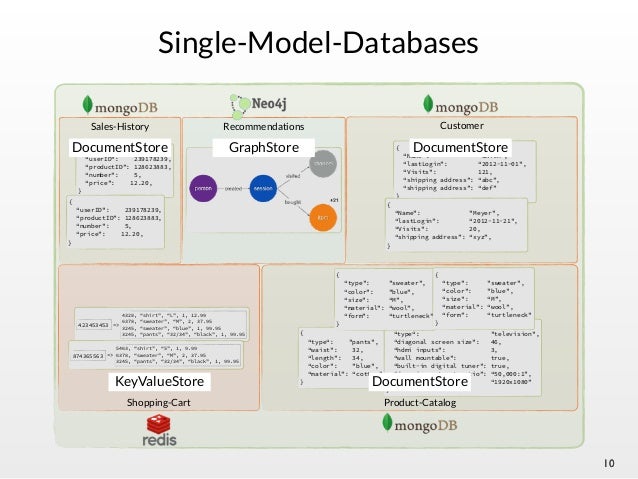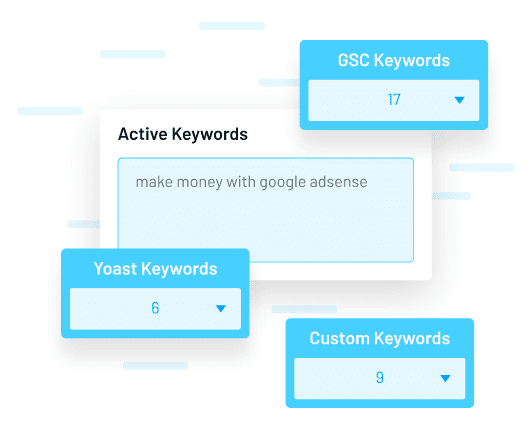
In the ever-evolving digital landscape, the way we search for and access information is undergoing a dramatic transformation. At the heart of this shift lies the future of web indexing—a process that determines how search engines organize, retrieve, and rank content. As technology advances, the traditional methods of indexing are being redefined by the integration of databases, graph structures, and artificial intelligence. This article explores what the future of web indexing looks like, why it matters, and how you can prepare your website to thrive in this new era.
What Is Web Indexing and Why It Matters
Web indexing is the process by which search engines catalog and store information from websites so that it can be quickly retrieved when users perform searches. This involves crawling the web, analyzing content, and storing it in a structured format—often referred to as an index. The quality and efficiency of this process directly impact how easily users can find relevant information online.
With the rise of complex, dynamic websites and the increasing reliance on AI, the traditional relational database model is no longer sufficient. Enter multi-model databases, graph-based indexing, and AI-driven algorithms that are reshaping how data is stored, queried, and interpreted. These advancements are not just technical improvements—they are fundamental shifts in how search engines understand and deliver content.
The importance of web indexing has never been greater. As more users rely on voice search, mobile devices, and real-time updates, search engines must adapt to handle these new demands. This evolution is driven by three key technologies: databases, graph structures, and artificial intelligence.
How Web Indexing Impacts SEO Performance
SEO performance is heavily influenced by how well search engines can crawl, index, and rank your content. If your site isn’t properly indexed, even the most valuable content may go unnoticed. Here’s how the future of web indexing affects SEO:
- Improved Content Understanding: AI-powered indexing allows search engines to better interpret the context and meaning of content, moving beyond keyword matching to semantic analysis.
- Faster Indexation: New technologies, such as real-time indexing and API-based crawling, enable faster discovery of fresh content, which is crucial for time-sensitive or breaking news.
- Enhanced User Experience: With tools like Core Web Vitals and structured data, search engines can prioritize sites that offer fast, mobile-friendly, and user-centric experiences.
- Better Personalization: AI-driven indexing helps search engines serve more personalized results based on user intent, location, and behavior.
As search engines become more sophisticated, the need for technically sound websites grows. Proper indexing ensures that your content is not only found but also ranked effectively.
Step-by-Step Implementation Framework
To stay ahead in the evolving world of web indexing, follow this practical framework:
- Define or Audit the Current Situation
- Conduct a thorough audit of your website’s structure, crawlability, and indexing status using tools like Google Search Console and Screaming Frog.
-
Identify any crawl errors, broken links, or pages that aren’t being indexed.
-
Apply Tools, Methods, or Tactics
- Implement structured data markup (schema) to help search engines understand your content better.
- Optimize Core Web Vitals to improve loading speed and user experience.
- Use server-side rendering or pre-rendering for JavaScript-heavy sites to ensure all content is accessible to crawlers.
-
Leverage AI-powered tools like SurferSEO or Clearscope to analyze content and optimize for semantic relevance.
-
Measure, Analyze, and Optimize
- Monitor your site’s performance using analytics platforms and track changes in traffic, engagement, and rankings.
- Use A/B testing to refine your approach and determine what works best for your audience.
- Regularly update your sitemap and use ping services to notify search engines of new content.
By following these steps, you can ensure that your website is optimized for both current and future indexing practices.
Real or Hypothetical Case Study
Consider a fictional e-commerce company, “TechGear,” that sells smart home devices. Initially, their website was built with a traditional relational database, leading to slow load times and poor indexing. After implementing a multi-model database and adopting graph-based indexing, they saw significant improvements:
- Indexation Speed: Pages were indexed 40% faster due to improved crawling efficiency.
- User Engagement: Bounce rates dropped by 25% as users found more relevant product information.
- Search Visibility: Organic traffic increased by 30%, thanks to better semantic understanding of product descriptions.
This case study highlights the tangible benefits of modernizing your indexing strategy.
Tools and Techniques for Web Indexing
Here are some of the most effective tools and techniques for optimizing web indexing:
- Google Search Console: A free tool that provides insights into how Google crawls and indexes your site.
- Screaming Frog: A powerful crawler that helps identify technical issues affecting indexing.
- Schema.org: A collaborative community that defines structured data markup standards.
- SurferSEO: An AI-powered tool that helps optimize content for semantic relevance and keyword clustering.
- Ahrefs: A comprehensive SEO platform that includes backlink analysis, content research, and site audits.
- Googlebot Simulator: A tool that allows you to see how Googlebot views your website.
These tools are essential for ensuring your site is properly indexed and optimized for search engines.
Future Trends and AI Implications
Looking ahead, several trends will shape the future of web indexing:
- Graph-Based Indexing: As graph databases become more mainstream, search engines will increasingly rely on relationships between data points to deliver more accurate and contextual results.
- AI-Driven Indexation: Machine learning models will continue to evolve, enabling search engines to understand content at a deeper level and provide more personalized results.
- Real-Time Indexing: With the rise of social media and live events, search engines will need to index content almost instantly.
- Voice and Conversational Search: As voice assistants become more prevalent, indexing will need to accommodate natural language queries and conversational patterns.
To stay ahead, focus on creating high-quality, context-rich content that aligns with user intent. Embrace AI tools that help you understand and optimize for semantic search. And don’t forget to invest in technical SEO to ensure your site is crawlable, fast, and user-friendly.
Key Takeaways
- Web indexing is evolving with the integration of databases, graphs, and AI, making it more efficient and accurate.
- Proper indexing is critical for SEO success, as it ensures your content is discovered and ranked effectively.
- Implement a step-by-step framework to audit, optimize, and measure your indexing strategy.
- Leverage AI and structured data to improve how search engines understand and rank your content.
- Stay ahead of trends by focusing on real-time indexing, voice search, and graph-based data models.
The future of web indexing is here—and it’s more dynamic, intelligent, and user-focused than ever before. By adapting to these changes, you can ensure your website remains visible, relevant, and competitive in the ever-changing digital landscape.




Meta Title: What Is the Future of Web Indexing? (Databases, Graphs, and AI Explained)
Meta Description: Discover how databases, graphs, and AI are shaping the future of web indexing and what it means for SEO in 2025.
SEO Tags (5): Web Indexing, Databases, Graphs, AI, SEO Trends
Internal Link Suggestions: Parameter #12: Technical SEO Best Practices, Parameter #18: Core Web Vitals, Parameter #23: AI in Search
External Source Suggestions: https://developers.google.com/search, https://www.w3.org/standards/techs/rdf, https://www.iso.org/standard/76938.html






